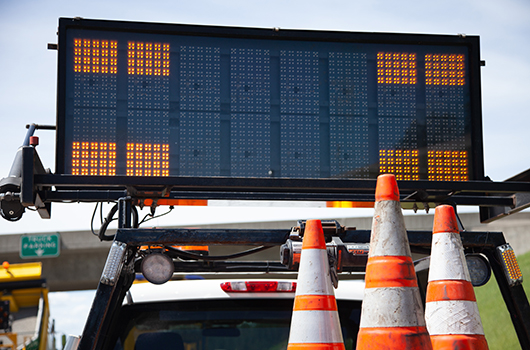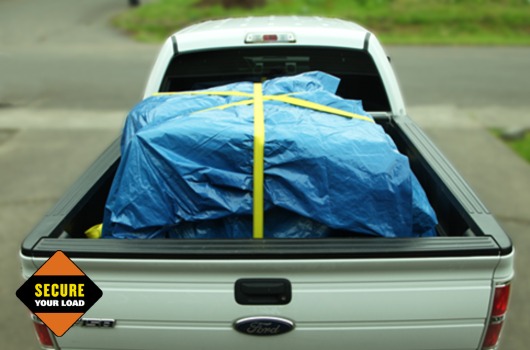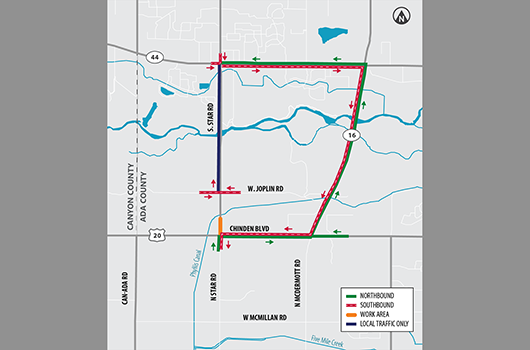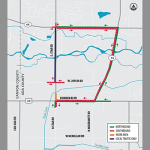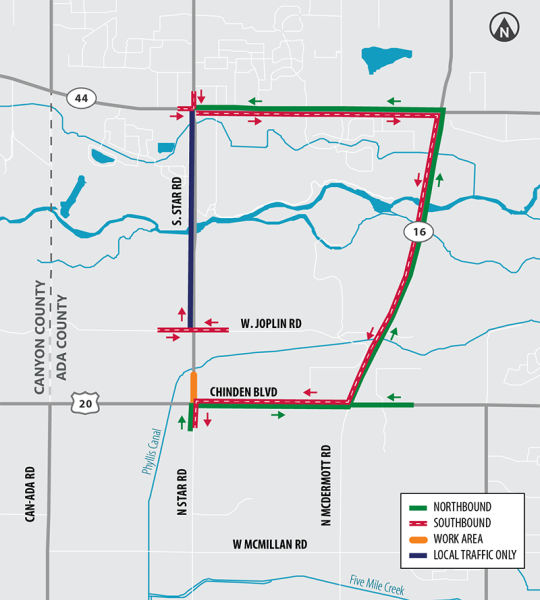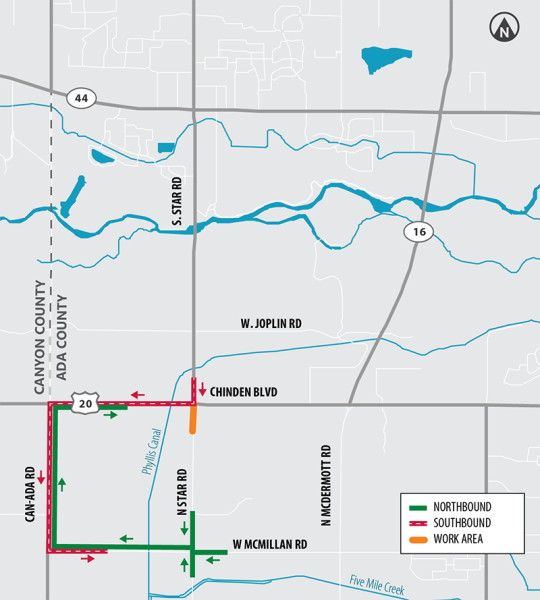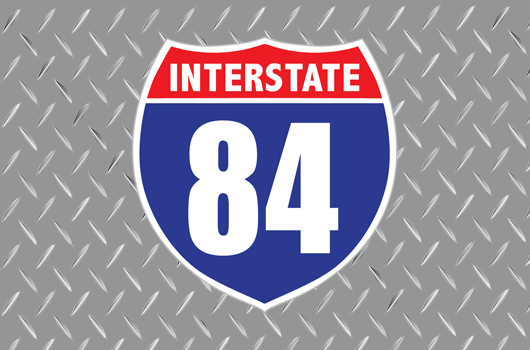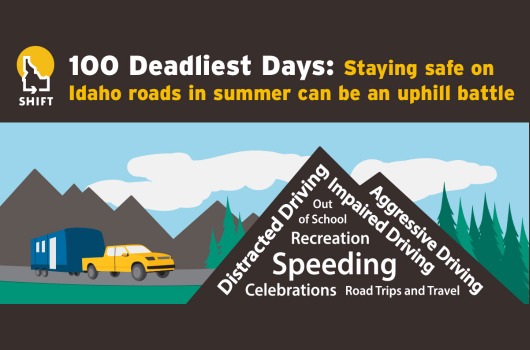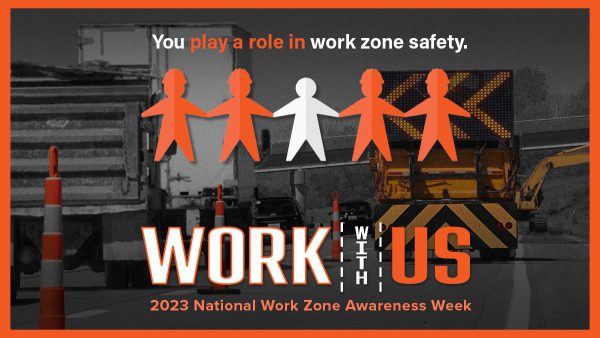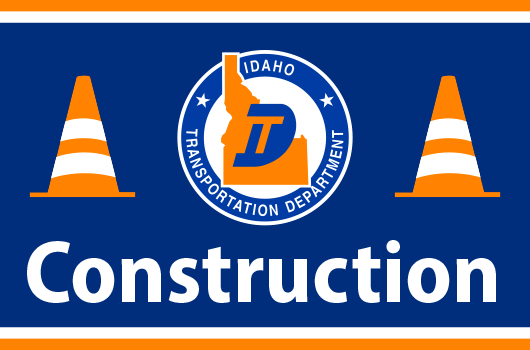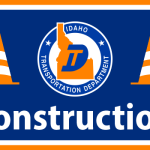WHAT: Wrecked vehicle on display to raise awareness about the 100 deadliest days
WHO: Boise Police Chief Ron Winegar, Boise Police Cpl. Kyle Wills, Caldwell Police officer Tom DeFur, ITD, AAA
WHEN: Friday, May 19th, 2023 at 1:00 p.m.
WHERE: Boise Towne Square Mall, 350 N Milwaukee St, Boise, ID 83704, Media please use the main entrance
BOISE– Every year during the months of June, July, and August there is an increase in the number of car crashes that unfortunately result in death or injury. These months are known as the “100 deadliest days” and Boise Police, Caldwell Police, the Idaho Transportation Department, AAA and the Boise Towne Square Mall are teaming up to remind drivers to stay safe this summer.
On Friday, May 19th, these agencies will use a wrecked vehicle from an aggressive driving crash on display at the Boise Towne Square Mall as a reminder to slow down, limit distractions and focus on driving.
“With so many options available to distract us when we’re driving, we hope that this display of a wrecked vehicle will give drivers the motivation to put down the distractions and just drive the speed limit,“ said Boise Police Cpl. Kyle Wills.
According to the Idaho Transportation Department (ITD), there were 72 fatal crashes across Idaho last summer between Memorial Day and Labor Day. So far this year, 71* people have died on Idaho roads. Six* of those fatalities happened in the last week alone. The year-to-date total from the same time last year was 52 fatalities.
“That’s 71 tragedies for families, friends and communities across Idaho,” said Josephine Middleton, Highway Safety Program Manager with ITD. “As we head into the 100 Deadliest Days and the rest of the year let’s focus on protecting each other on the roads by stopping the behaviors that contribute to traffic crashes.”
ITD data shows that 15% of all fatal crashes are distracted-driving related. Distracted driving is any activity that diverts attention from driving, including talking or texting on your phone, eating and drinking, talking to people in your vehicle, fiddling with the stereo, entertainment or navigation system—anything that takes your attention away from the task of safe driving.
Speed is also a significant factor in many crashes. Speeding, which includes exceeding the posted speed limit or driving too fast for conditions is considered aggressive driving. According to ITD, 35% of all fatal crashes are aggressive-driver related. Other aggressive driving behaviors include following too closely, weaving, and failure to yield or stop at a sign or signal.
“Safe driving is also sober driving, and you can’t drive anywhere safely if you’re impaired. With 37% of all fatal crashes involving an impaired driver, we urge you to get a designated driver or use ride-sharing services if you plan to drink” said Wills.
It’s illegal everywhere in America to drive under the influence of alcohol, marijuana, opioids, methamphetamines, or any potentially impairing drug–prescribed or over the counter.
At Friday’s media event, Caldwell Police officer Tom Defur will share his own personal story to remind drivers about the importance of safe driving.
Media interested in attending the event can contact:
Ellen Mattila
ITD Public Information Officer
(208) 832-8776
ellen.mattila@itd.idaho.gov
